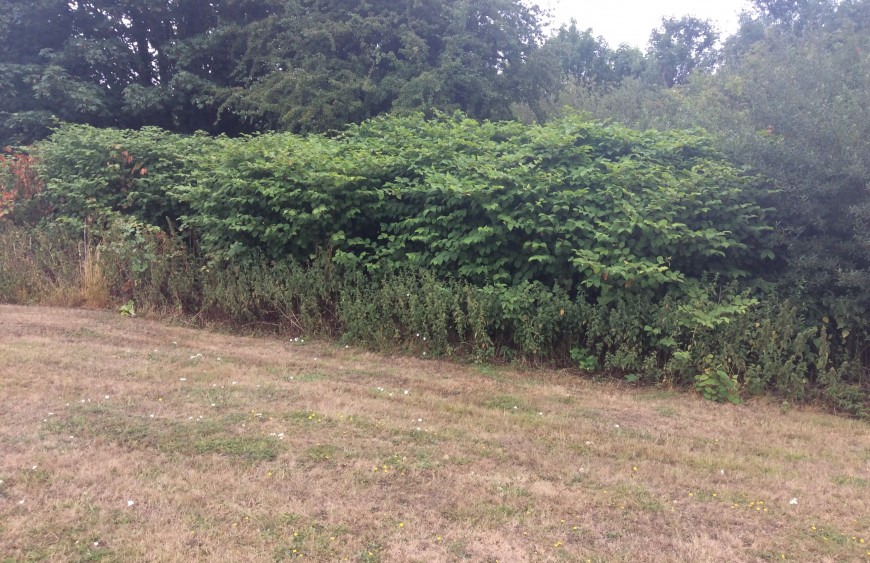
Chris Thomas and G. Palmer of the University of York have just published, ahead of print, a paper challenging the notion that non-native invasive plant species pose a risk to native British plant species.
Their paper on how non-native plants add to the British flora without negative consequences for native diversity is due to be published in Proceedings of the National Academy of Sciences, in 2015. Their abstract is “Non-native plants dominate global lists of invasive (harmful) species, yet plants introduced to Britain are both less widespread than native species and not increasing any more than native plants, and changes to native and non-native plant diversity are positively associated.
The hypothesis that competitive exclusion will eventually enable introduced plants to drive native species extinct receives no support, according to analysis of extensive British data. A more parsimonious explanation is that both native and introduced plants are responding predominantly to other drivers of environmental change. The negative effects of non-native plants on British biodiversity have been exaggerated, and may also have been exaggerated in other parts of the world”.
This is undoubtedly an important paper that needs careful consideration from all those involved in “invasives ecology”. Of course their conclusions do not distract from the many other reasons that some of these species become regarded as being problematic such as the physical damage caused to structures by plants such as Japanese knotweed; the choking of watercourses by floating pennywort; or the painful lesions and blisters resulting from skin contact with giant hogweed for example.




